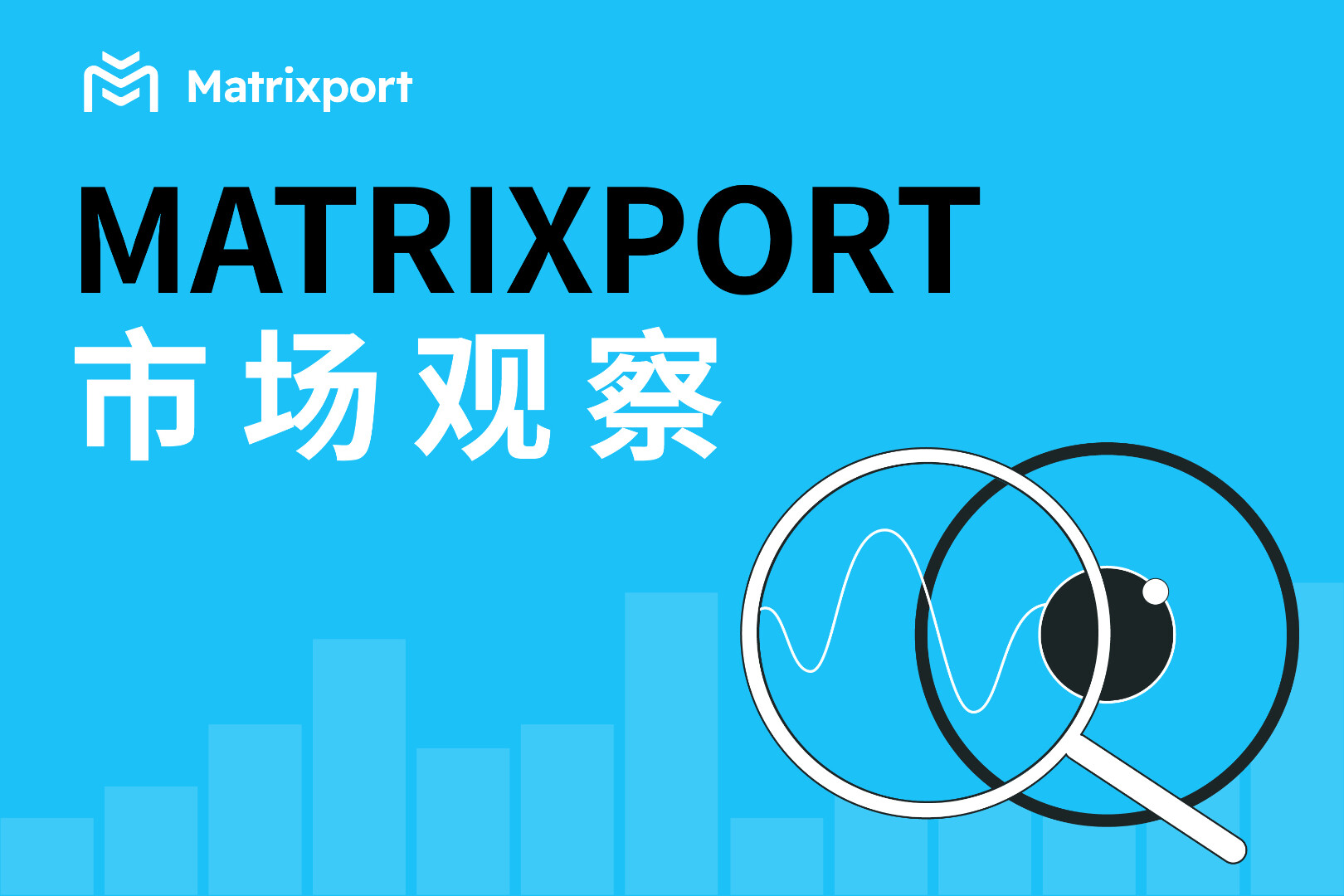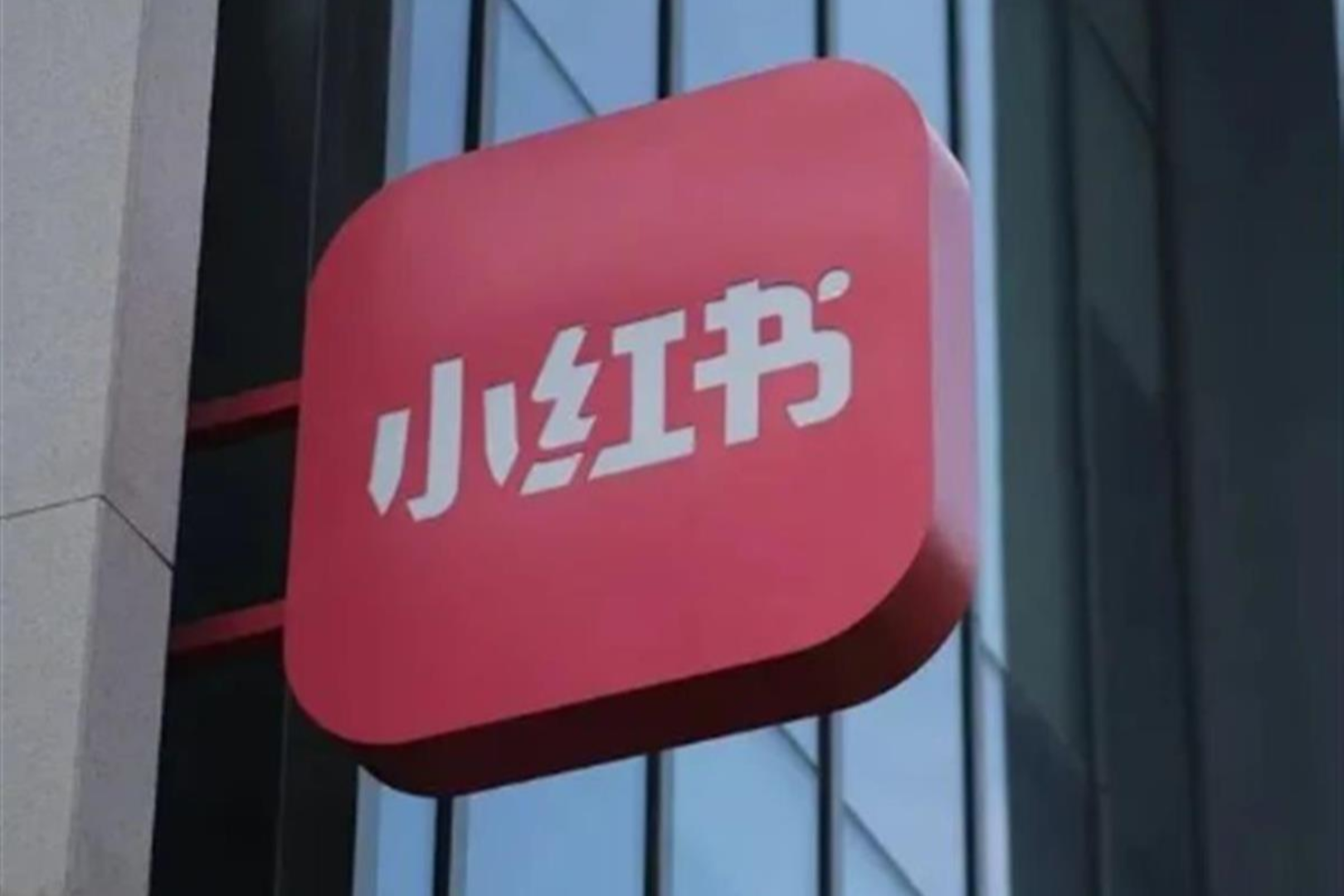
Editor's Note: This article comes fromChain News ChainNews (ID: chainnewscom), published with permission.
Editor's Note: This article comes from
Chain News ChainNews (ID: chainnewscom)
Chain News ChainNews (ID: chainnewscom)
, published with permission.
Written by: Lily
Layer 0 has always been considered the key bottleneck of blockchain expansion, and its expansion methods mainly focus on building a relay network to increase the speed of data transmission. On this track, Marlin is the star player of the Layer 0 solution, what knowledge and gameplay exist in it? Let's get to know each other.
What is Marlin?
Marlin aims to bring better scalability, flexibility and decentralization to the blockchain by optimizing the network communication architecture under the blockchain and using Layer 0 as one of the open protocols. From the perspective of Ethereum, Marlin can bring "plug and play" improvements to Ethereum.
According to Marlin CEO Siddhartha Dutta's definition of Layer 0, Layer 0 is the communication layer for nodes to transmit information to each other. In blockchain projects, the communication layer is the bottom layer of the consensus layer, and users transmit consensus information at the communication layer to serve for the consensus.
Marlin is rooted in the communication layer, not the consensus layer that serves a single blockchain project. This also means that Marlin's technical model can be applied to many blockchain projects, which can greatly improve their information transmission speed and TPS performance.
The working principle of this is that Marlin draws on the acceleration technology of CDN to divide the blockchain network into multiple relay networks (Relay Network), and each relay network has a dedicated docking node (Marlin Node). Point-to-point transmission of information greatly accelerates the speed of information dissemination.
It is worth noting that in order to obtain a higher transmission speed, Marlin uses an incentive mechanism for Layer 0 to reward nodes in the network for successful docking to accelerate data transmission. This also makes Marlin Protocol more competitive with current CDN solutions. The setting of this incentive mechanism has become an important application scenario of the Marlin token POND.
Marlin Token - POND
The native token of the Marlin network is POND, with a total circulation of 10 billion. POND is the key to the continuous operation of the Marlin network, and has many uses such as value medium, governance, and pledge.
POND can be used to pay fees, motivate relay nodes, and encourage the generation of audit nodes.
To qualify as a relay node, at least 1 million PONDs need to be pledged. Therefore, the Marlin network will also set up a penalty mechanism to restrain nodes from doing evil, and realize the first time to find and eliminate those nodes that do not meet the requirements or do evil.
MPOND (1 million POND) is Marlin's governance and token, which can be used to create and vote on proposals. Each Marlin node requires a certain amount of support or delegation.
MPOND specific information:
Total supply is 10,000;
Each node requires at least 1 MPOND accumulated for entrustment;
MPOND can be used to vote and create proposals, where 1 MPOND token = 1 vote (votes can be replaced by tokens);
MPOND tokens entrusted to other users will be locked;
MPOND direct transfers will be locked except to whitelisted addresses. Until universal transfers are enabled, only transfers from whitelisted addresses are possible;
MPOND can be converted into POND (the bridge contract is used for the conversion between MPOND and POND, 1MPOND can be exchanged for 1 million POND tokens, and vice versa.);
If delegating or staking, users will first have to unlock tokens before making transfers.
By sending POND to the cross-chain bridge, POND can be converted into MPOND, and the sent POND tokens will be burned when MPOND is received.
It should be noted that holders of POND tokens can entrust tokens to relay nodes, and pledge tokens can obtain POND token income. If there are many early participating nodes, a large amount of POND tokens will be locked, because each node needs to pledge 1MPOND tokens. According to the total amount of tokens, theoretically, there will be no more than 10,000 relay nodes in the early stage.
Token Distribution Model
Marlin does not conduct a public sale, and its token POND has two distribution models: Eggnet relayers and FlowMint gateways.
Eggnet aims to incentivize the supply side of the network to guide decentralized node clusters, and 4.3% of the total supply of POND will be allocated to Eggnet participants. At the peak of the "Eggnet" phase, more than 1,100 nodes participated, and there are still more than 850 nodes from countries such as Nigeria, Brazil, Russia, and China participating.
FlowMint aims to encourage usage and increase the fluidity of the web. To put it simply, in order to attract more people to participate in the initial stage of Marlin's ecological construction, some POND tokens will also be used to reward holders of other tokens. This token distribution mechanism is called "Flowmint".
Marlin Protocol announced the launch of FlowMint on December 15, 2020. Users with ATOM, DOT, IRIS, MATIC, NEAR, etc. can participate in the Marlin network and obtain the Marlin token MPOND through this mechanism. And in the next 24 months, Marlin will distribute 20% of MPOND to different communities through FlowMint. Token holders can get MPOND rewards for staking or entrusting.
In simple terms, MPOND tokens will be distributed over a period of 720 days, with 20/720*100%=0.027% of tokens issued every day. Currently supports mining of 6 liquidity pools, they are NEAR, DOT, IRIS, MATIC, COSMOS and BNB. The total daily mining amount of each pool is 0.027/6 tokens, which are used to run Marlin nodes or Participate in governance.
In addition, developers can add support for other chains, and even apply for funding for the development of the same chain. Marlin governance can then whitelist the new chain for the FlowMint distribution. In this case, the developer spends 20 days writing the Elrond and Ava integration. Starting on day 21, the Ava, Cosmos, Elrond, Iris, Matic, NEAR, and Polkadot communities will be eligible to receive 0.027/7 tokens per day.
How to participate in Marlin's Flowmint
For the vast majority of ordinary users in the currency circle, the best time to obtain Marlin tokens is to participate in Marlin's flowmint, that is, to apply for MPOND by holding other tokens.Let's take Polkadot as an example, and the participation methods are as follows:prerequisites:
Install Metamask or a WalletConnect-enabled walletRPC endpoint。
Log in(ChainId: 137).
Make sure you delegate to the
Validators on the whitelist
Log inLearn more about the Polkadot delegation.Now ready to stake.
Ready to start:
click to open
Web page
. You can see your MPOND balance and unclaimed MPOND on the home page (once logged in and bonded - steps below).
Click Connect Wallet in the upper right corner and select the option: Metamask or Connect Wallet. Make sure the correct Matic RPC network is selected. On some browsers, Metamask will not automatically open if the network selected on Metamask is different. (e.g. Ethereum Mainnet or Kovan).
Click Divein and click the Select button below the appropriate chain.
Enter the address where you receive MPOND. (Note: addresses created or imported via Metamask or WalletConnect)
Click Generate Address and slide the slider.official websiteNote that every time you click Select, you will be redirected to the harvest page if you log in with the same Matic address. From this page, you will be able to see your unclaimed MPOND balance and claim it by clicking the Harvest button.
summary
Details on Flowmint for more tokens and related tips can be found at Marlin





